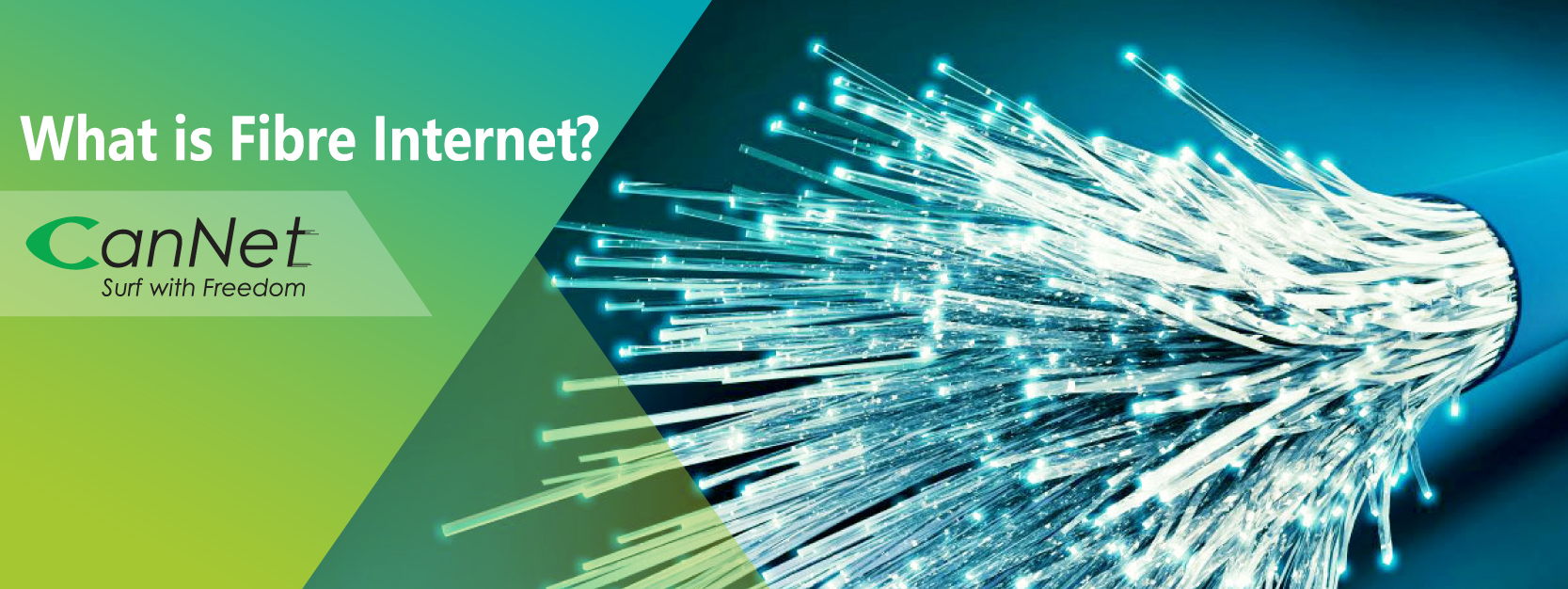What is Fibre Internet?
Fibre internet delivers the information through multiple light signals using transparent glass fibre optic strands as thin as hair. Fibre Internet is more reliable, fast and durable compare to other internet connections. Since the fibre cables are small and thin, they are usually bundles into one large bundles known as “Fibre optic trunk cable.” Not only it is much faster than the cable internet but it also carries much more amount of information at the speed of light without any interruption. The Internet Exchange Point (IXP) is the switching and routing station that connects your home to the global internet using the fibre optic trunk lines even if you don’t have a fibre internet. So, we have been using fibre optic for quite some time now but imagine using the same technology to directly connect you to the internet instead of using the coaxial cable which limits your internet speed due to various interruptions. Even for Fibre Internet, there are two main categories depending upon the infrastructure of the fibre:
Fibre to the Node (FTTN) : Where the usage of the fibre is limited to your neighbourhood or street cabinets and from the node the traditional cables are used to bring the connection to your home. The closer the node is from your home the better speed and quality of service you get.
Fibre to the Home/Building (FTTH/FTTB): Fibre to the Building refers to the usage of fibre all the way to the building or condos or the office building and than using traditional cable to connect your devices and modems.
Fibre to the Home is also known as Pure Fibre. Where the use of the traditional cables is eliminated and only fibre is used from the IXP to your home. It’s the best and the fastest internet connection yet. The infrastructure for the FTTB/FTTH is still in the phase of growth and the network is increasing slowly as it takes a bit longer time than FTTN and other cable internet connections.
Despite their small size, fibre is much more resistant and durable than copper. Copper is a soft metal which also conducts heat and is a great medium of electricity, which means the electromagnetic or radio signals can have a negative effect creating distortion and affecting the internet speed and connection. Also, the older the copper gets, the more it’s prone to damage and hence proves its short lifetime. On the other hand, Fibre is more insulated against all the signals and interference making their connection much more secure and uninterrupted. The average speed for DSL range up to 50Mbps in Canada, for traditional cable internet it is 20 to 150 Mbps (sometimes up to 300Mbps) but for Fibre the average speed is over 100Mbps and can easily reach 1000 Mbps where both the upload and download speed is similar.
Though setting up the fibre infrastructure can be expensive and time-consuming compared to DSL or cable it’s a future-proof technological choice. Getting Fibre today will assure you a durable and high-speed internet connection. The technology which was once used only by businesses is now available for residential use; the internet is no more luxury as it has now become a need for all. Get Fibre and get the speed, check out our Fibre plans for Alberta and British Columbia at: https://www.cannettel.com/internet/fibre

